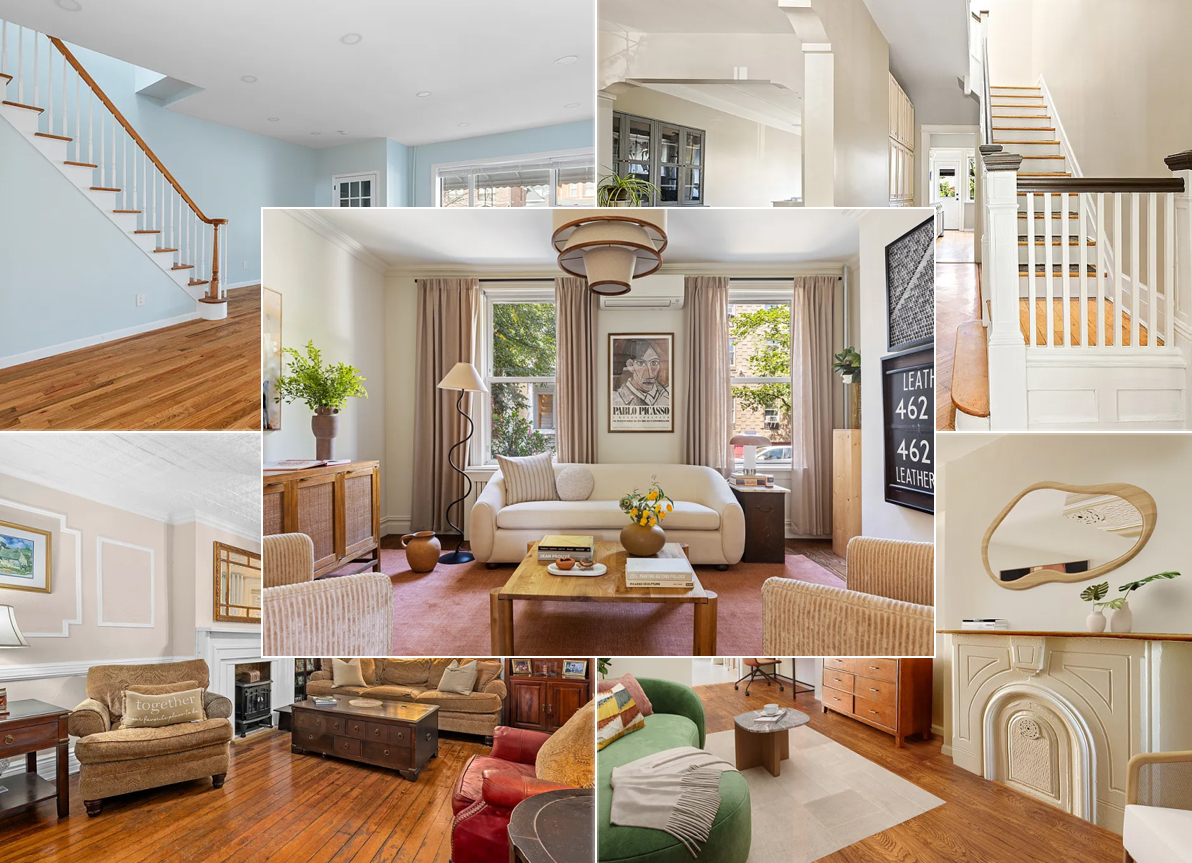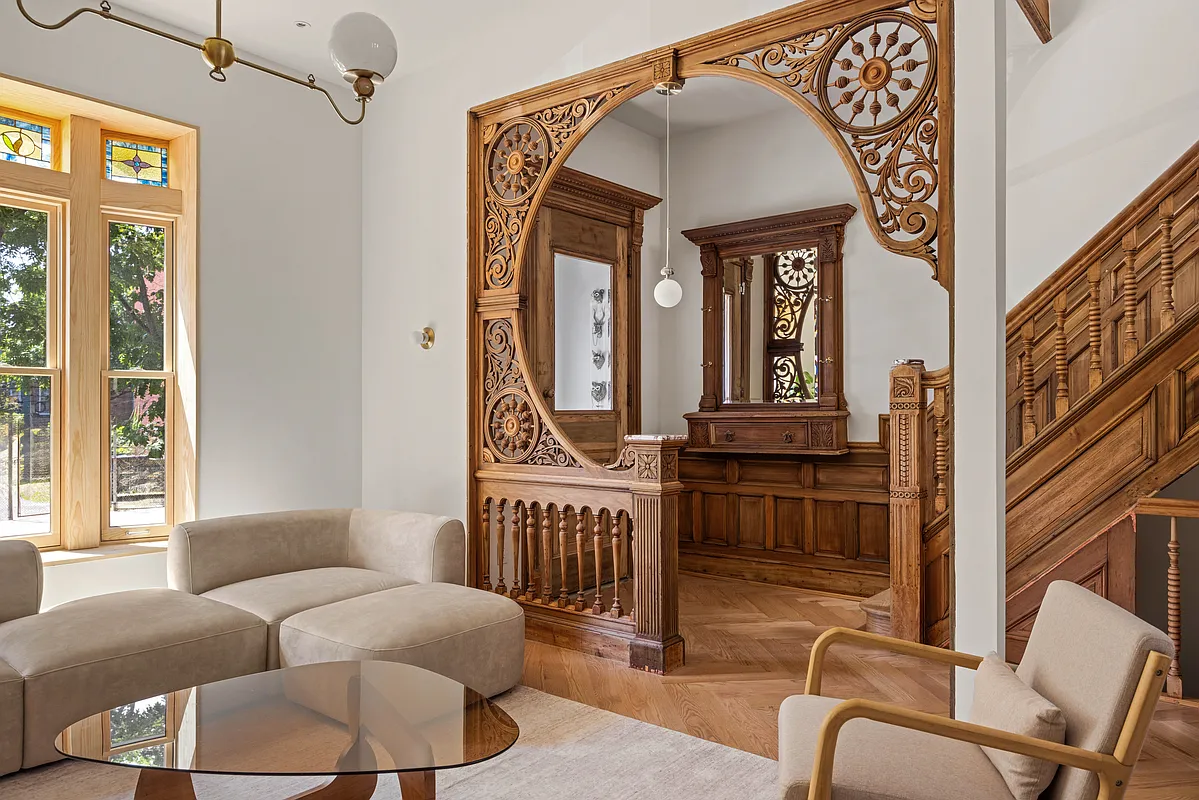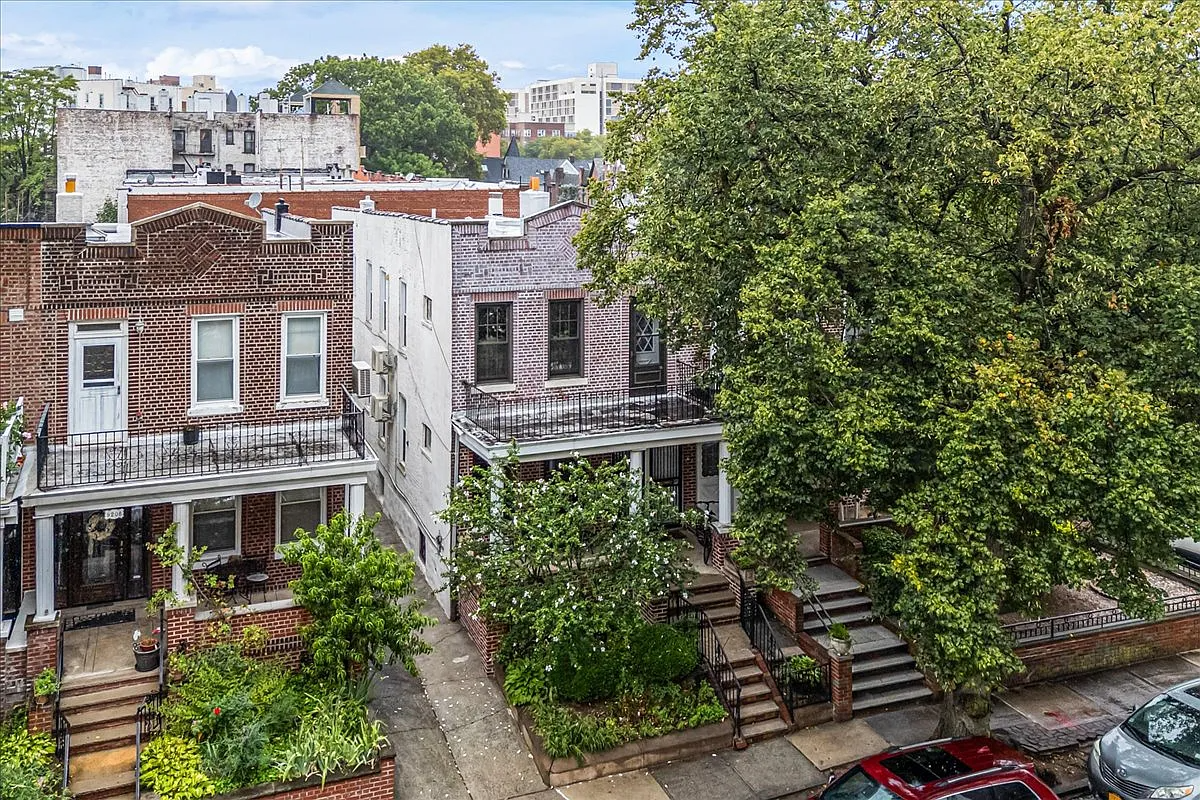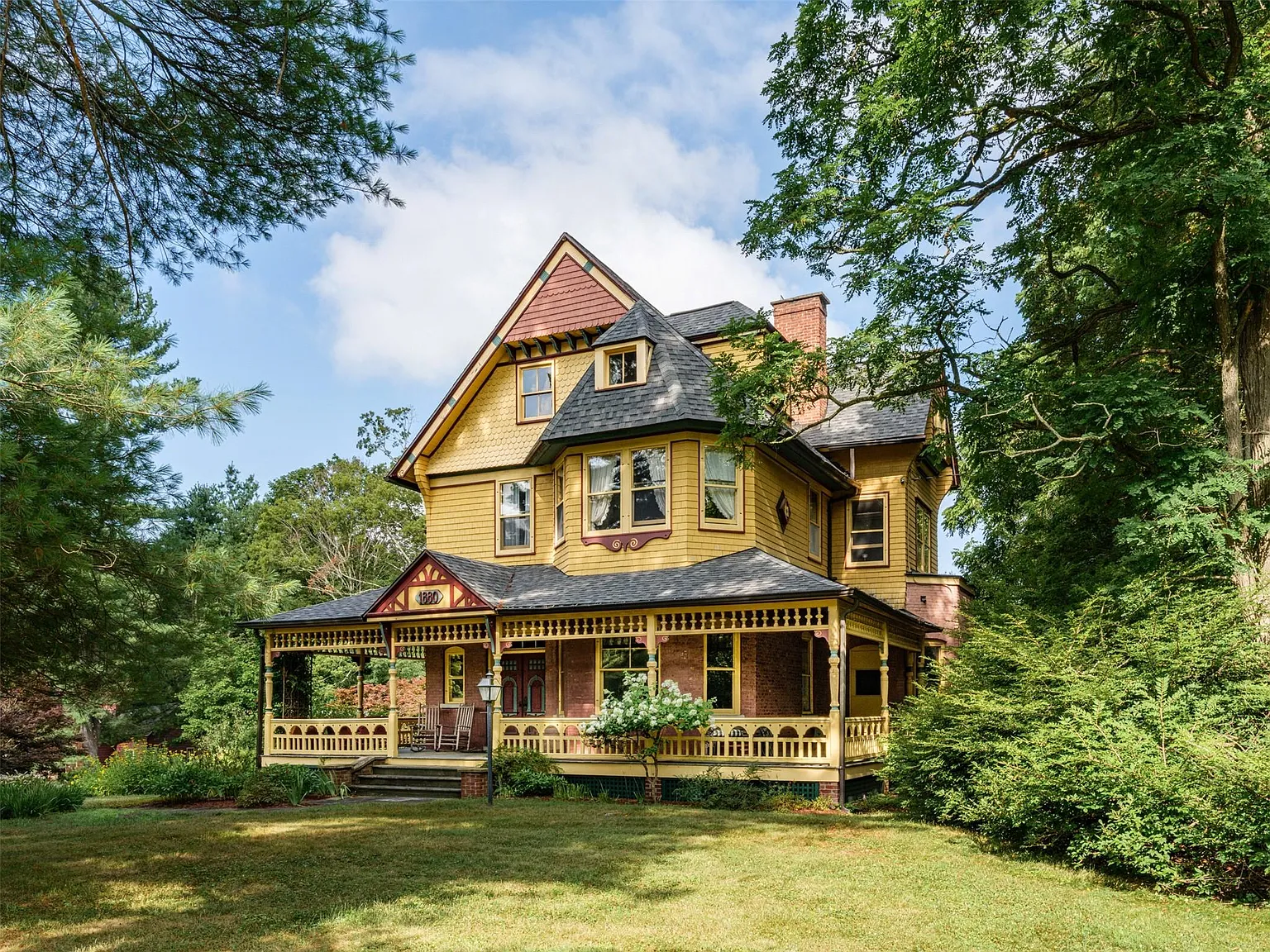The Ugly Flipside of Cheap Mortgages
We were at a dinner party on Saturday night with a friend who bought his house about three years ago, financing it with a 5-year ARM. Eventhough he’s got another couple of years left before his rate would readjust (presumably upwards), he’s getting ready to refinance with a 30-year fixed in the next few weeks….


We were at a dinner party on Saturday night with a friend who bought his house about three years ago, financing it with a 5-year ARM. Eventhough he’s got another couple of years left before his rate would readjust (presumably upwards), he’s getting ready to refinance with a 30-year fixed in the next few weeks. Even though a 30-year fixed rate back then would have probably been around 5.5% (as opposed to 7% today), in this case the bet paid off for him. He couldn’t have afforded to buy the house at the time without using an ARM; now he’s making a good deal more money than when he first bought, and is willing to pay a little more for the security of knowing his rate won’t get jacked up to 9% in a couple of years. Not everyone’s so lucky, as yesterday’s Times article on the topic points out. Some people in a strong financial position used ARMS smartly to lower their monthly costs with the knowledge they could always just pay off the loan with cash if the rate rose too much. Others, like Inga Rogers, the hairstylist from Boston, are finding their backs to wall, unable to carry the new monthly costs after her rate jumps from 3.875% to 6.875%. Interestingly, New York City has a higher rate of ARMs than the rest of the country (57% versus 48%) but the potential threat is mitigated somewhat by a high proportion of wealthy owners; in addition, the higher turnover rate in portions of the NYC market make ARMs often a suitable choice. Are any readers finding themselves or close friends facing a potentially dire situation because of an ARM? We hope not.
It Seemed Like a Good Bet at the Time [NY Times]
Doubling Down with a Second ARM [Brownstoner]
Illustration by Ross MacDonald.





Gee, 10:30 am, wow, I was starting to get depressed about real estate prices going down and now there’s hope – the baby-boomers will start dropping off!! Goody. Oh, but I’m a baby boomer. Guess I better start getting to the gym, so I can benefit from differential between the beat up about to drop off baby boomers and the 60 is the new 30 set.
Anon 10:42…I made both the 9:43 and 10:28 comments so at least I’m consistent…!
I agree with anon 9:43 and anon 10:28. Barring a real recession – which could happen, I think prices will be flat to 20% down (back to ’04 prices) in NYC which isn’t a disaster for most people. I have a very large 10/1 I/O arm at 6.25 % which made sense for us because our money is earning 5.75% in CDs.
Most of my friends went to good colleges, have been out of school over ten years, and make less than 240k unless the wife makes decent money too (usually finance or law).
But never underestimate the power of inheritance! The baby boomers have saved up quite a bit and can’t live forever. As they start dropping off, money will shift big time and the housing market will pick up again — I’d guess in the next five to ten years.
I have an 10-year ARM Interest Only on a $1MM mortgage. At the time I took it out, the curve was exceptionally steep between 10-year ARM’s and 30-year Fixed Rates so the savings were significant – not so much now as the curve is inverted. If you look at how much principal that you pay on the FIRST 10-years of a standard 30-year fixed $1MM mortgage it’s the grand total of $180K. My view was that take big cash flow savings where all payment is tax-deductible. The trade-off is not paying down the diminimous amount of principal which doesn’t bother me because my house isn’t a primary source of savings. Right now, as I thought would happen, I am in an arbitrage situation where the after-tax cost of my $1MM mortgage is less that the after-tax yield that the money could earn.
Do this trade for cash flow/tax planning reasons…If you are ever going to rely on the equity in your house DON’T do it…pay down the principal and “earn” the mortgage rate of interest…
Anon 9:53, would you mind telling us what your caps are? i don’t know much about this aspect of ARMs but i would assume that the limits would have been influenced by the low rates in the past few years, but how low do they go?
Existing Home Sales Fall for 5th MonthadvertisementRelated information E-mail this article Print-friendly versionRelated topicsEconomic Indicators
All Associated Press NewsWASHINGTON (AP) – Sales of existing homes fell for the fifth consecutive month in August as the once-booming housing market slowed further.
The National Association of Realtors reported Monday that existing home sales slipped by 0.5 percent to a seasonally adjusted annual rate of 6.30 million units.
Related newsDow Ends Down 25 on Economic PessimismPremarket Movers: TiVo Gains on ReportStocks close with a lossBig Movers in the Stock MarketSector Snap: Tobacco Stocks Drop
The slowdown in sales was weighing on home prices, with the median price of an existing home sold in August dropping to $225,000, 1.7 percent below August 2005. It marked the first year-over-year price decline in more than 11 years.
© 2006 The Associated Press. All rights reserved. This material may not be published, broadcast, rewritten or redistributed.
Back to News Home
MSN MoneySearch MSN MoneyMessage BoardsSite StatusSite Map
MSN PrivacyLegalAdvertise FeedbackHelp
© 2006 Microsoft
I think that this ARM phenomonon is going to have an effect on the national market, no question. The question is how much will this effect brownstone Brooklyn. I really don’t know how much ARM debt is out there. I bought a house 2 years ago with a fixed rate and 10% Heloc. That floating piece was scary and I refinanced within a year at almost the same fixed interest rate, thanks to a good appraisal. But we had plenty of indicators that that kind of financing was problematic — i.e. in one year my monthly payments for that 10% piece doubled. I always thought that with rates at such lows that floating financing had to be undertaken with caution. I was lucky as friends remind me, when I get too self-congratulatory.
Home sales down again